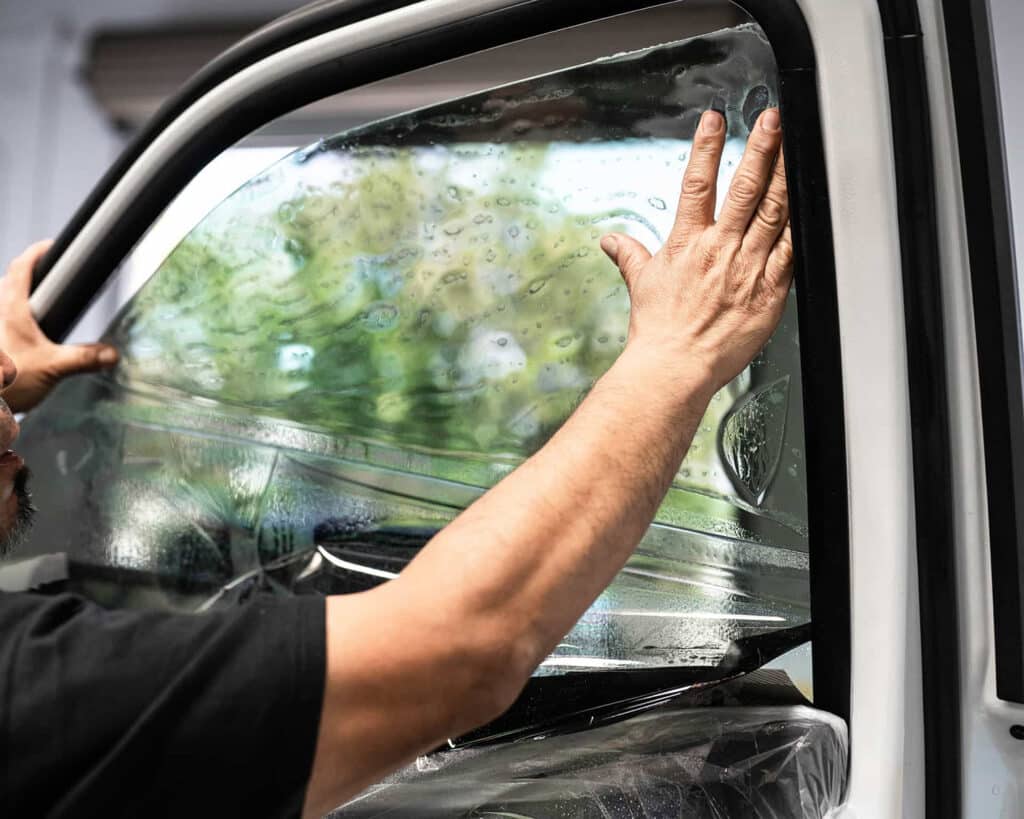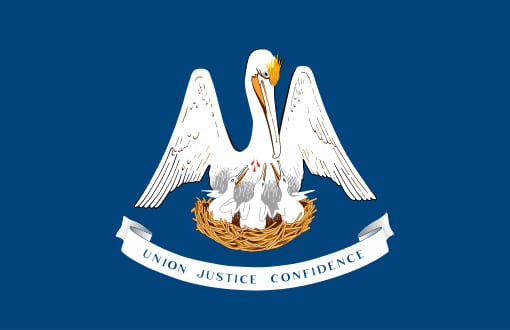If you want to get your car windows tinted in Louisiana, there are some rules and regulations that you need to be aware of.
There’s a lot more to window tints than style and visual appeal. Getting your car windows tinted has functional benefits that make your driving experience more enjoyable.
They are widely used to block UV rays, keep the interior cool, and provide a level of privacy to the car’s occupants. They also help keep the interior of the vehicle from fading due to the harsh sun.
Whether or not your window tint is legal depends on how dark and reflective your windows appear after you install it.
Every state in the country has varying regulations regarding this upgrade. In this article, we’ll discuss the tint laws of Louisiana.
Is Window Tint Legal in Louisiana?

Window tint laws in Louisiana were put forth in 1993. It became the 20th state in the United States to enact these laws.
The state has several rules that govern the use of window tint for various types of vehicles. You are allowed to tint the windows of your cars in the state, as long as you follow the stipulated rules and requirements.
These laws specify guidelines for the percentage of tint darkness and/or reflectiveness, depending on the type of vehicle and the position of its windows. Failure to adhere to the laws puts you at risk of being pulled over and fined.
Below you’ll find the permitted window tint darkness and tint reflection.
Permitted Window Tint Darkness

Window tint darkness is measured in VLT which is short for visible light transmission. This refers to the percentage of ambient light that the tint film allows to pass through.
The lower the percentage of VLT, the darker the tint is. Every state has a different legal limit regarding the VLT%. Below are the specifications for the permitted tint darkness for different car windows in Louisiana.
Sedans
Windshield: Non-reflective tint on the upper 5″ of the front windshield is permitted.
Driver-side windows: Up to 40% VLT.
Passenger-side windows: 12% VLT is allowed.
Rear window: 12% VLT is allowed.
SUVs and Vans

Windshield: You can install non-reflective tint on the upper 5″ or over the manufacturer’s AS-1 line.
Driver-side windows: The permitted VLT is 40%.
Passenger-side windows: There are no restrictions on VLT%.
Rear window: There are no restrictions on VLT%.
Acceptable Tint Reflection
Other than filtering light, some types of window tint films can also reflect light. These are called reflective tints and they function like 2-way mirrors.
This adds an additional layer of privacy, making it difficult for someone outside the car to look inside. The more reflective your tint is, the more privacy it offers.
That’s precisely why this feature is regulated just like VLT is. While tint reflection refers to how well light bounces off the window, tint darkness refers to the amount of light that is allowed in.
Tint reflection also helps reduce glare and heat. Keep in mind that there are legal limitations on the reflectivity of a tint.
Here are the requirements for how reflective your car windows can be.
Sedans

Windshield: Only non-reflective tint is permitted
Driver-side windows: Up to 20% reflective
Passenger-side windows: Up to 20% reflective
Rear window: Up to 20% reflective
SUVs and Vans
Windshield: Only non-reflective tint is permitted
Driver-side windows: Up to 20% reflective
Passenger-side windows: Up to 20% reflective
Rear window: Up to 20% reflective
Other Louisiana Tint Rules You Need to Know
- Side mirrors: Vehicles in Louisiana are required to have a rear view mirror on the driver’s side in addition to a passenger side mirror or windshield mirror. The driver must have a clear view through these mirrors without any obstructions in the path.
- Colored tint: Amber and red tint colors are prohibited.
- Window tint certification: Tint film manufacturers are required to get their products certified.
- Certified sticker: If you have tinted windows, you need a certification sticker which includes the name of the tint installation service provider.
- Medical exemptions: The state law for tinted windows allows for medical exemptions. In case of medical necessity, a certification provided by a physician or an optometrist is required. Always carry a copy of this certificate in your vehicle.
- Fine for violations: Drivers who violate the tint rules and regulations for the first time will have to pay a fine of up to $150. A second violation will result in a fine of up to $250, and a third or subsequent violation will face a fine of up to $350.
- Manufacturers, sellers, distributors, or installers who violate tint rules and regulations will face a fine of up to $1,000 the first time and up to $2,000 the second time. They will no longer be allowed to conduct business if convicted a third time.
State of Louisiana Info

The state of Louisiana lies in the southernmost location of the United States.
It is the 31st largest state in the country with a 25th rank with regard to its population.
It is the only state in the country that has no counties. Instead, it is made up of political subdivisions and parishes.
Population: 4,616,106
Capital: Baton Rouge
Registered vehicles: 4,086,128
Total lane miles: 134,115
Number of highways: 19
Tint law references and medical exemptions: Louisiana State Legislature

